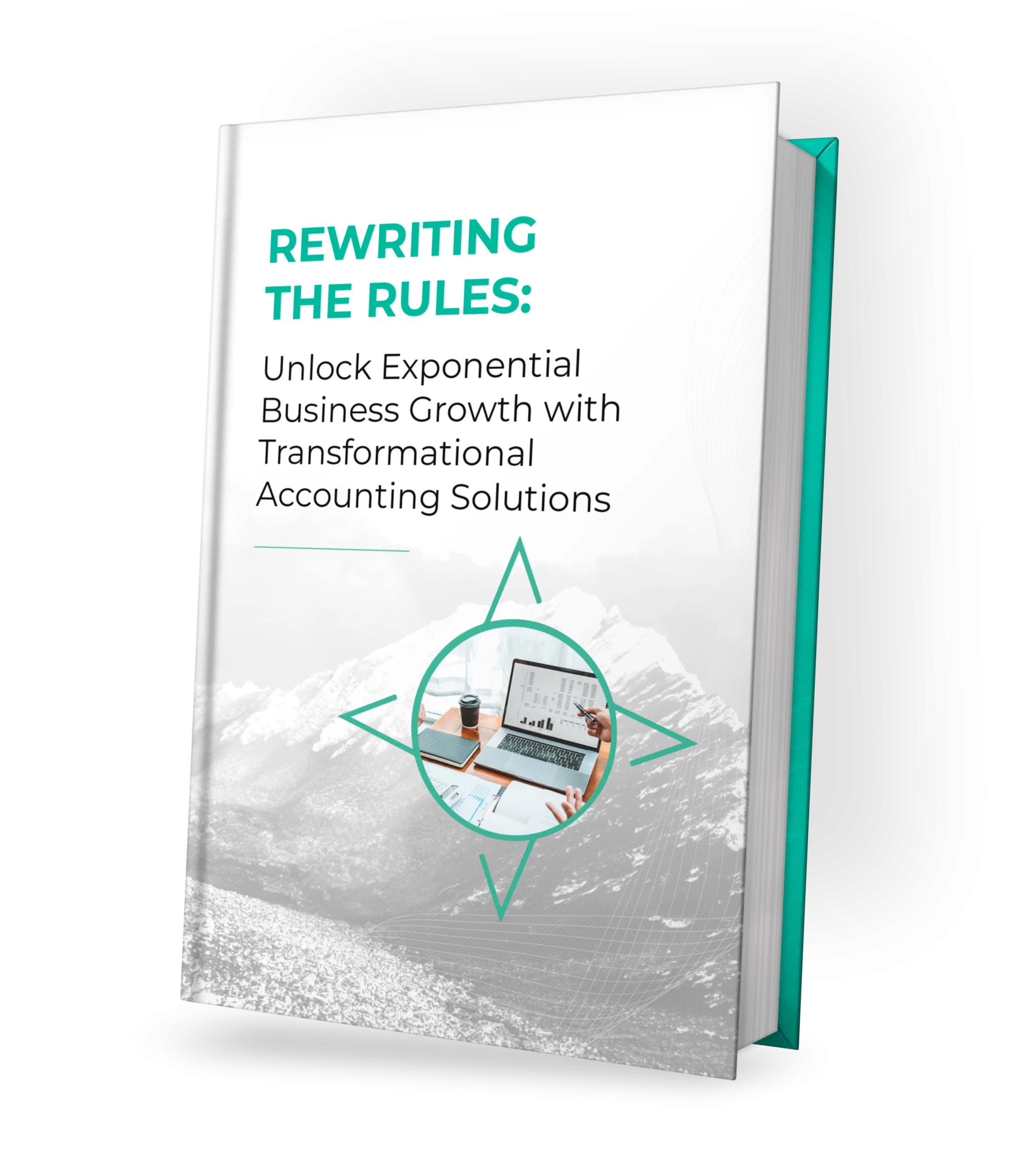Significant changes are on the horizon as we approach 2025 estate tax exemption sunset. The current elevated estate and gift tax exemptions, introduced by the Tax Cuts and Jobs Act (TCJA) of 2017, are set to expire on December 31, 2025. This change could result in a substantial increase in estate tax liability for many individuals. Early planning is essential to maximize your estate benefits and minimize potential tax burdens.
Table of Contents
- Introduction
- Assessing Your Need for Estate Tax Planning
- Strategic Planning for Estate Tax Benefits
- Why You Should Act Now
- Consulting the Right Professionals
- Conclusion
Assessing Your Need for Estate Tax Planning
Understanding Estate Tax Exposure
The estate tax, also known as the “death tax,” is a tax on the transfer of the estate of a deceased person. The unified credit, or estate tax exemption, allows individuals to give away a certain amount of money tax-free either during their lifetime as taxable gifts or at death. This credit is unified, meaning the same credit limit applies whether you give your money away during your lifetime or at death. Importantly, this amount is per person, meaning a married couple can effectively double their exemption.
Unified Credit Overview:
- 2017: $5.49 million per person
- 2018: $11.18 million per person (post-TCJA)
- 2019: $11.40 million per person
- 2020: $11.58 million per person
- 2021: $11.70 million per person
- 2022: $12.06 million per person
- 2023: $12.92 million per person
- 2024: $13.61 million per person (projected)
- 2025: To be announced, likely around $14 million per person
- 2026: $7 million per person (projected post-sunset)

Determining if You Have a Taxable Estate
Factors Contributing to a Taxable Estate:
- Value of real estate, investments, and other assets
- Life insurance proceeds if the policy is owned by the deceased
- Business interests and other valuables
Calculating Your Estate’s Value:
- Total the fair market value of all assets
- Subtract any liabilities and allowable deductions (such as debts, funeral expenses, and charitable contributions)
Considering Your Legacy Goals
Decide if estate tax planning is necessary based on your legacy goals. If you intend to give most of your wealth to charity, you may not need extensive estate tax planning. However, if you plan to transfer more than the unified credit amount to your heirs, strategic planning becomes crucial.
Strategic Planning for Estate Tax Benefits
Maximizing Estate Benefits Before 2025
With the impending sunset of the current estate tax exemptions at the end of 2025, there are several strategic planning tools and techniques that can help minimize estate tax liability and maximize the benefits for your heirs.
Gifting Strategies:
Benefits of Gifting Assets Before the Exemption Changes:
- By gifting assets before the exemption decreases, you can reduce the size of your taxable estate, potentially saving significant amounts in estate taxes.
- Assets given away can appreciate outside your estate, further reducing future tax liability.
- Example: An individual with a $15 million estate can gift $10 million using the current exemption. If the exemption decreases to $7 million in 2026, the $3 million difference would be subject to estate tax if not gifted earlier.
Lifetime Gift Tax Exemption Utilization:
- The lifetime gift tax exemption allows you to make large gifts without incurring gift taxes. Utilizing this exemption before it decreases in 2026 can lock in current higher limits.
- Example: Using the $12.92 million exemption in 2023 to make tax-free gifts can significantly reduce the taxable estate.
Trusts and Other Tools:
Spousal Lifetime Access Trusts (SLATs):
- A SLAT allows each spouse to create a trust for the benefit of the other, thus utilizing the current exemption while retaining some indirect access to the assets.
- Benefits:
- Excludes trust assets from both spouses’ estates.
- Provides financial security as the beneficiary spouse can receive distributions.
- Caveat:
- Ensure trusts are sufficiently different to avoid the reciprocal trust doctrine, which could invalidate the tax benefits.
Irrevocable Life Insurance Trusts (ILITs):
- An ILIT removes life insurance proceeds from the taxable estate, which can be significant if the policy’s death benefit is large.
- Benefits:
- Keeps insurance proceeds outside the estate.
- Provides liquidity to pay estate taxes without increasing the estate’s value.
Family Limited Partnerships (FLPs):
- An FLP allows you to transfer business interests to heirs at a discounted value, while retaining control over the business operations.
- Benefits:
- Valuation discounts for minority interests and lack of marketability can reduce the taxable value of the transferred interests.
- Maintains control over the business while gradually transferring ownership to heirs.
- Example:
- A couple can each maintain 1% control as general partners and transfer 49% limited partnership interests to their children. The discounted value of these interests reduces the gift tax impact.
Gifting Interests in FLPs to Grantor Trusts:
- This strategy combines the benefits of FLPs with grantor trusts, allowing the grantor to pay income taxes on trust income, further reducing the taxable estate.
- Benefits:
- Reduces the taxable estate by removing both the gifted assets and the income taxes paid by the grantor.
- Allows for greater control and management of the transferred assets.
Use of One Spouse’s Full Exemption:
- When giving away the entirety of their net worth is not an option, couples can consider using one spouse’s full exemption before December 31, 2025.
- Example:
- A couple with a net worth of $25 million can transfer $12.92 million from one spouse to an irrevocable trust for the benefit of their children. This significantly reduces their taxable estate while preserving the other spouse’s exemption for future planning.
Estate Planning Strategies Table
| Strategy | Description | Benefits | Example |
|---|---|---|---|
| Gifting Assets | Transfer assets before the exemption decreases | Reduces taxable estate, allows appreciation outside the estate | Gift $10M before 2026 to avoid $3M being subject to estate tax |
| SLAT (Spousal Lifetime Access Trust) | Trust created by each spouse for the benefit of the other | Excludes trust assets from estates, provides financial security for beneficiary spouse | Both spouses create SLATs, each funding the trust with $12.92M |
| ILIT (Irrevocable Life Insurance Trust) | Life insurance proceeds kept outside of the taxable estate | Keeps insurance proceeds out of estate, provides liquidity for estate taxes | Transfer life insurance policy to ILIT to remove death benefit from the estate |
| FLP (Family Limited Partnership) | Transfer business interests at discounted value while retaining control | Valuation discounts reduce taxable value, maintains control while transferring ownership | Transfer 49% limited partnership interests to children, maintaining 1% control each |
| Gifting Interests in FLPs to Grantor Trusts | Combines benefits of FLPs with grantor trusts | Reduces taxable estate, allows for greater control and management of transferred assets | Transfer FLP interests to grantor trust, with grantor paying income taxes on trust income |
| Use of One Spouse’s Full Exemption | One spouse uses full exemption while preserving the other’s exemption for future planning | Significantly reduces taxable estate while preserving flexibility for future planning | Transfer $12.92M to an irrevocable trust for children, preserving the other spouse’s exemption |
Why You Should Act Now
The Importance of Early Action
Avoiding the Deadline Rush:
- Planning close to the deadline can be challenging due to the complex nature of estate planning and the high demand for professional services.
Potential Changes and Uncertainties:
- Legislative changes could alter the tax landscape, so it’s prudent to act under the current rules while they are known.
Consulting the Right Professionals
Building Your Advisory Team
To navigate these complex changes and maximize your estate planning benefits, consult with:
- Tax Professionals: For tax-efficient strategies and compliance.
- Financial Advisors: To integrate estate planning into your overall financial plan.
- Estate Planning Attorneys: For legal structuring and to ensure your plans are enforceable.
Conclusion
With the 2025 sunset of the current estate tax exemption approaching, it’s crucial to start planning now. By understanding your estate tax exposure, utilizing strategic planning tools, and consulting with the right professionals, you can minimize potential tax liabilities and ensure your legacy is preserved for your heirs. If you would like to discuss your estate planning goals with our seasoned tax professionals, contact us.

